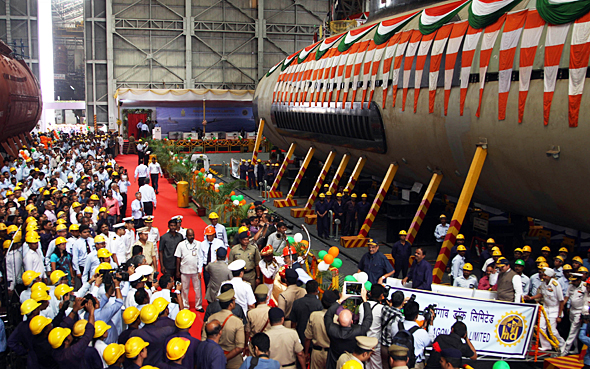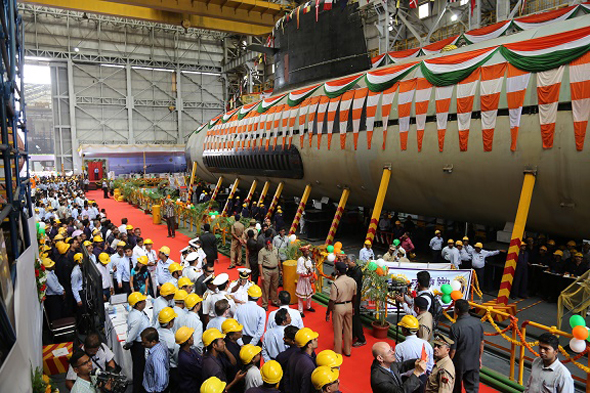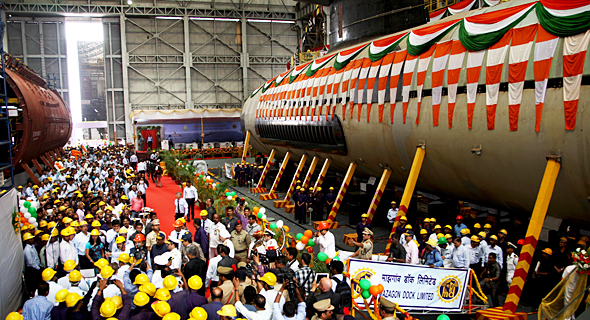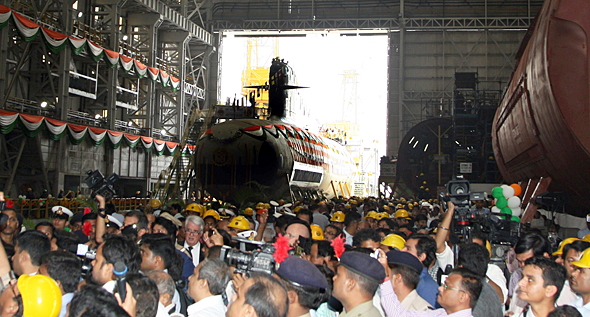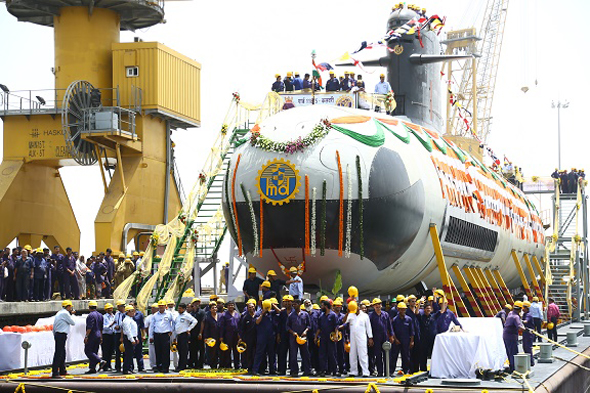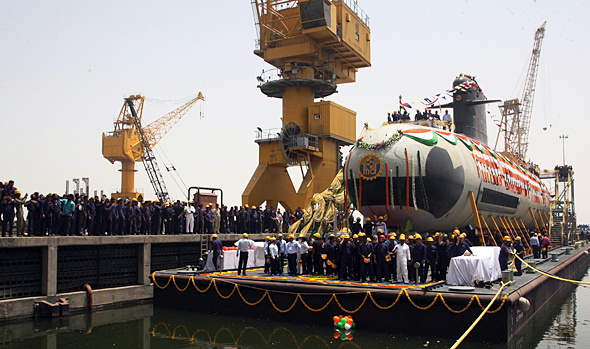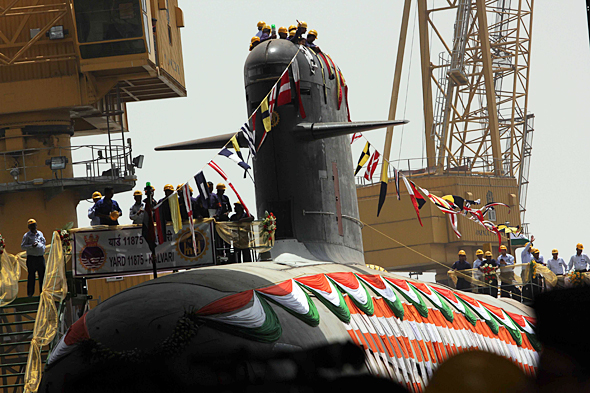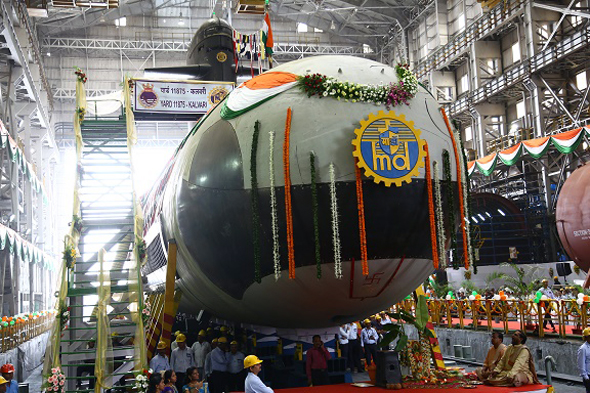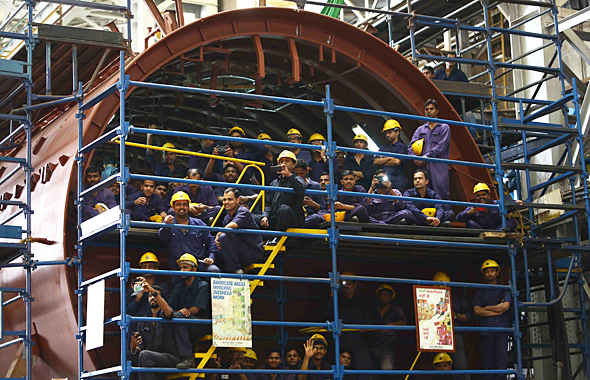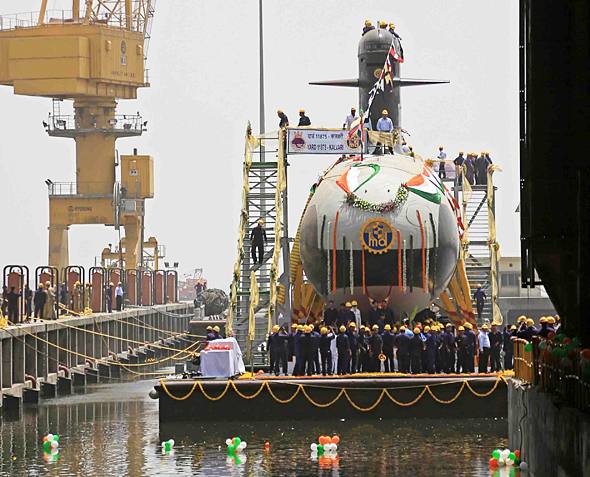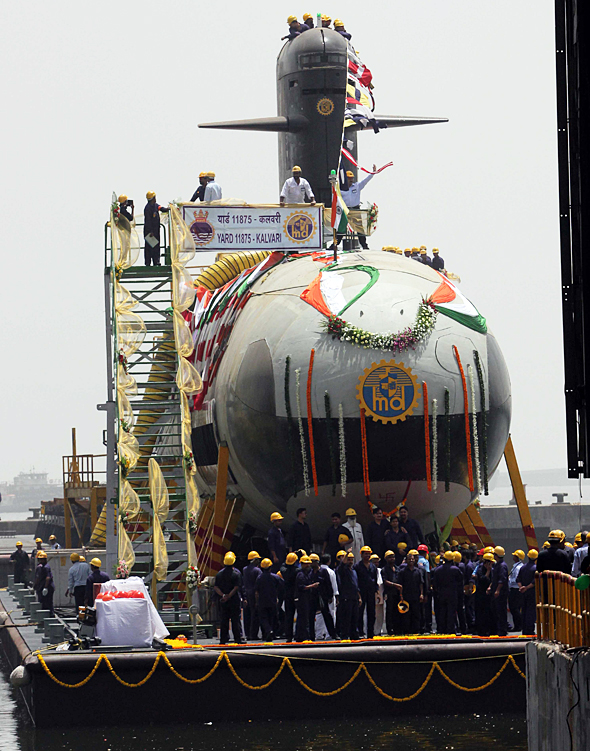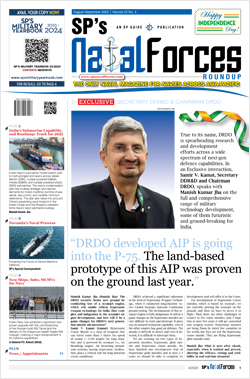INDIAN ARMED FORCES CHIEFS ON OUR RELENTLESS AND FOCUSED PUBLISHING EFFORTS

The insightful articles, inspiring narrations and analytical perspectives presented by the Editorial Team, establish an alluring connect with the reader. My compliments and best wishes to SP Guide Publications.

"Over the past 60 years, the growth of SP Guide Publications has mirrored the rising stature of Indian Navy. Its well-researched and informative magazines on Defence and Aerospace sector have served to shape an educated opinion of our military personnel, policy makers and the public alike. I wish SP's Publication team continued success, fair winds and following seas in all future endeavour!"

Since, its inception in 1964, SP Guide Publications has consistently demonstrated commitment to high-quality journalism in the aerospace and defence sectors, earning a well-deserved reputation as Asia's largest media house in this domain. I wish SP Guide Publications continued success in its pursuit of excellence.
- Operation Sindoor: Resolute yet Restrained
- Advanced MRSAM for India for a greater firepower
- Japan and India set forth a defence cooperation consultancy framework, talks on tank and jet engines
- Uri, Pulwama and now Pahalgam
- Terrorist Attack in Pahalgam in Kashmir: Unfolding a long surgical war against PAK
First Scorpene Undocked
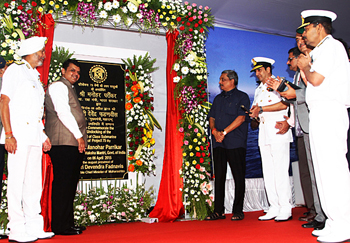
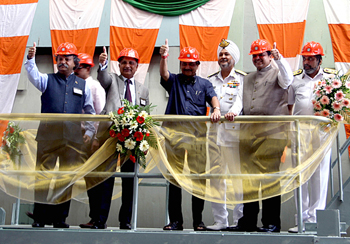

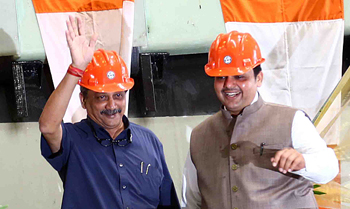
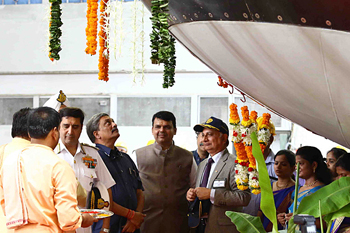
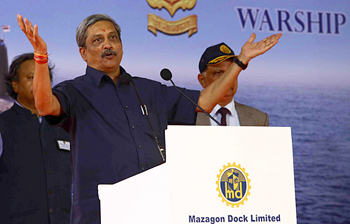
In October 2005, the contract for 'Project-75' was awarded to French defence giant DCNS to build six Franco- Spanish Scorpene-class diesel attack submarines at Mazagon Docks Ltd. (MDL), Mumbai. The Project 75 which was later designated as Scorpene class is a part of the 30-year Submarine Force development and modernisation plan of Diesel-Electric conventional submarines of Indian Navy. This plan received the approval of Government of India way back in 1999. The ambitious plan was essentially aimed at revamping the old and defunct HDW submarine production line at MDL, and as also to erect a second line for construction of conventional submarines. The plan was conceived as most vital for timely replacement and modernisation of rapidly aging sub-surface fleet of the Indian Navy. For a combination of factors and despite the approval of the Government the plan failed to kick-off and caused unacceptable delays.
The Franco-Spanish deal when concluded involved extensive technology transfer agreements, creation of specialised and technology intensive shore infrastructure, workshops, dock cranes, etc. at MDL. It also entailed extensive training and human resource development to imbibe high technology skill sets.
The lead submarine of the project to be christened on commissioning as INS Kalvari was originally scheduled for delivery in 2012. The contract with M/s DCNS of France encountered protracted delays during technical and commercial negotiations causing an overall project delay of nearly three and a half years. The delays notwithstanding, the first of the line was undocked at MDL on April 06, 2015 in the presence of the Defence Minister, Manohar Parrikar. The other dignitaries present to witness the milestone were Chief Minister of Maharashtra Devendra Fadnavis, Admiral RK Dhowan, Chief of the Naval Staff, Vice Admiral SPS Cheema, Flag Officer Commanding-in-Chief, Western Naval Command and other senior officers.
After having delivered two Shishumar class submarines in the early nineties, the successful execution of Scorpene project will enhance the stature of MDL as the premier submarine building yard of the country. MDL will soon have two lines of submarines construction; one for the six Scorpene SSKs and the second for the yet to be ordered six Project 75I SSKs. Consequently, by late next year, MDL will have two dedicated submarine construction facilities — one at its East Yard and the other at the Alcock Yard, both of which will be used for the accelerated delivery of the six Scorpene SSKs on order.
In keeping with the age old naval tradition, the name chosen for the first boat of Project 75 is after the illustrious predecessor, an erstwhile Russian 'Foxtrot' class submarine, Kalvari. Undocking of Kalvari establishes the fact that all glitches in project execution have been removed and that there are now no uncertainties in the scheduled commissioning in September 2016. Likewise the delivery schedule of the remaining five boats of the Project 75 would also seemingly be on track to be completed by 2020.
The Scorpene submarines would pack a potent punch. The submarines would be equipped with anti-ship missiles and long range guided torpedoes along with modern sensor suite and stealth features and would form the core of the Navy's submarine arm for the next two decades.
